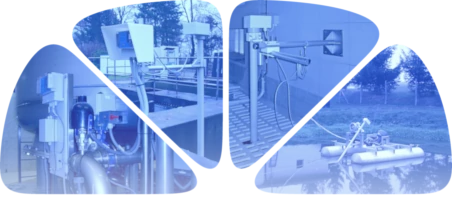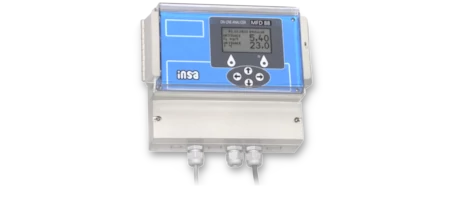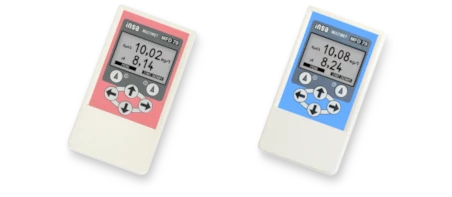Ozone concentration in water: Application examples
INSA analyzers and measuring sets are used in a wide range of applications in industry, water management, and in a number of other areas. Below you will find brief information and tips on some typical applications.
Ozone measurement in drinking water treatment plants
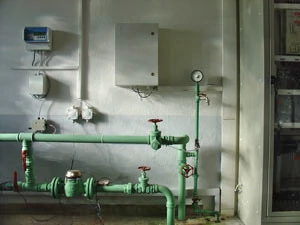
Ozone analyzers make it possible to control the dosage for disinfection of drinking water, to check the maximum permissible concentration in the outlet water and to maintain the optimal concentration during pre-ozonation at the input technological stages of water treatment plants.
Unlike chlorine, ozone removes not only bacterial but also viral infection. It is also used to eliminate odors, turbidity and discoloration caused by organic water pollution. Equally important is the use of ozone in the removal of iron, manganese and other metals in the production of drinking water. The application of ozone also has the same importance in the disposal of ecological burdens.
The supplied CSZT43 membrane sensors offer long membrane life and resistance to pollution. In applications of this type, they are usually installed into cost-effective flow through units PB42V or PB43V. However, problems with ozone measurement may occur in the presence of manganese, even in minimal concentrations. In such cases, the deployment of the SPR41ME flow through probe with automatic cleaning has proven successful.
Ozone measurement in swimming pools
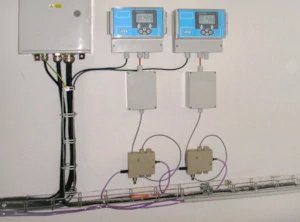
The analyzers control the disinfection process so that the required concentrations of ozone in the water entering the pool are achieved. Without automatic dosing, it is nearly impossible to keep the concentrations of disinfectants within the required limits.
Treating pool water using ozone is a very effective and environmentally friendly method. It removes all microorganisms, including viruses, reduces the concentration of a number of other dangerous substances and also reduces water turbidity.
The supplied CSZT43 membrane sensors offer long membrane life and resistance to pollution. In applications of this type, they are usually installed into cost-effective flow through units PB42V or PB43V.
